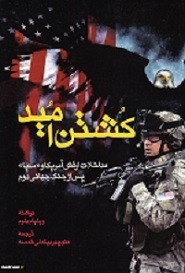What do you think?
Rate this book


784 pages, Paperback
First published March 1, 1995
Don't ever look for the moral factor. US foreign policy has no moral factor built into its DNA. One must clear one's mind of that baggage which only gets in the way of seeing beyond the clichés and the platitudes.